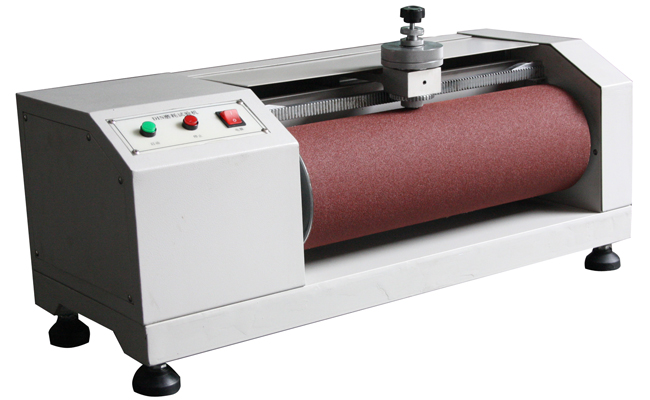- Qinsun Instruments Co., Ltd.
- Tell:+86-21-6780 0179
- Phone:+86-17740808215
- Address:No. 2578 Minhang District Gu Dai Road, Shanghai
- Contact:Mr. Li
- QQ:846490659
Selection Guide for Roughness Meter

Roughness meter, also known as surface roughness meter, surface smoothness meter, surface roughness tester, roughness measuring instrument, roughness meter, roughness tester and other names. It has the characteristics of high measurement accuracy, wide measurement range, simple operation, easy portability, and stable operation. It can be widely used for the detection of various metal and non-metal processing surfaces. This instrument is a pocket sized instrument that integrates sensors and hosts, with handheld characteristics, making it more suitable for use in production sites. The appearance adopts aluminum drawing mold design, which is sturdy and durable, with significant resistance to electromagnetic interference, in line with current design trends.
It is particularly important to choose a surface roughness meter correctly. Choosing the wrong model or something will result in the instrument not being able to function properly. How can we avoid this situation?
1. Customers need to clarify their actual measurement needs, such as the shape and size of the workpiece to be measured
2. Is the material metallic or non-metallic, and what is the hardness
3. Is the workpiece a precision machined part or a shot peened sandblasted part
4. Measurement requirements for whether the back surface is flat or has inner holes, grooves, or curved surfaces
5. Do you need to print measurement results and connect to a computer to view graphics
6. We need to figure out whether we need a roughness meter or a roughness profilometer
Then communicate with the relevant sales personnel to determine the model and specific configuration of the required surface roughness meter.





